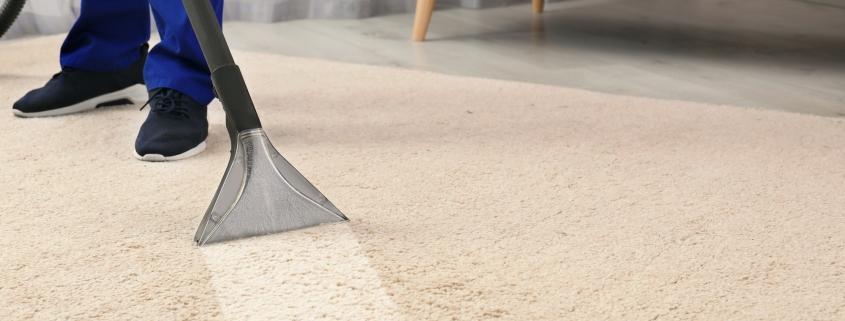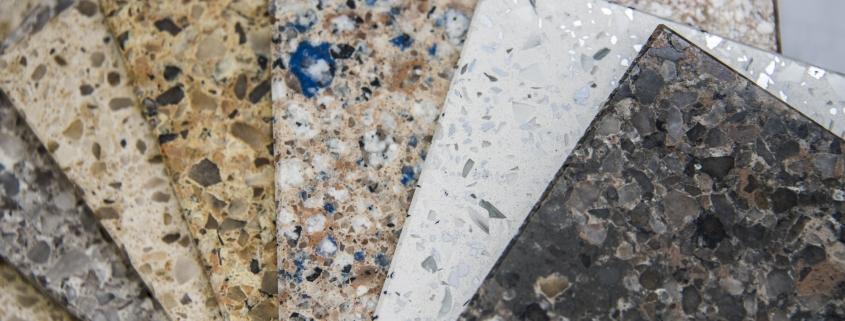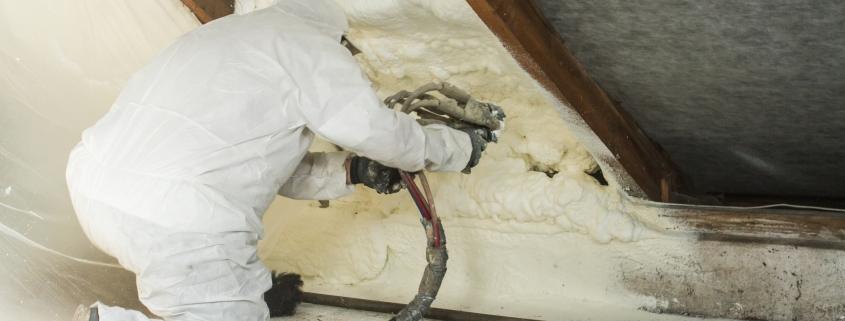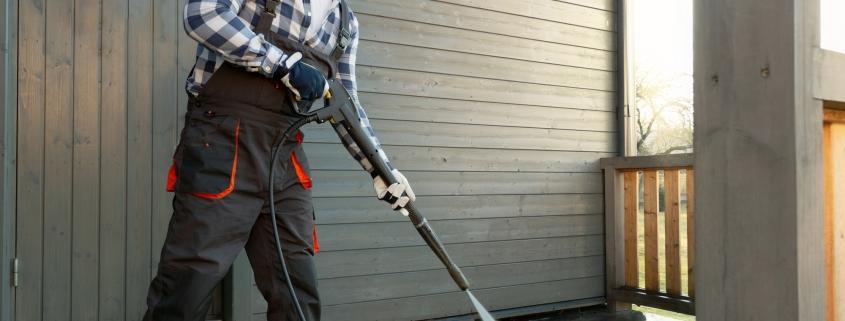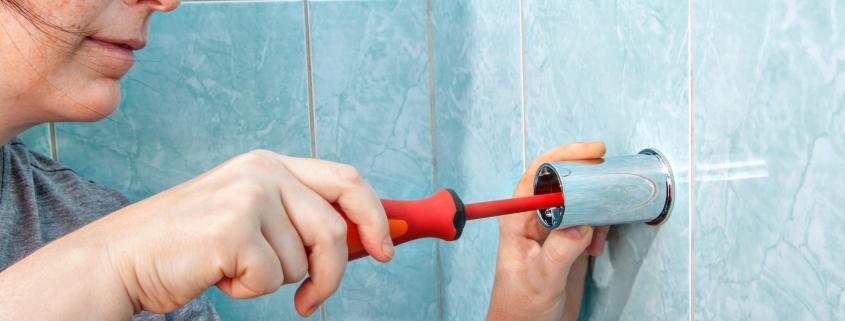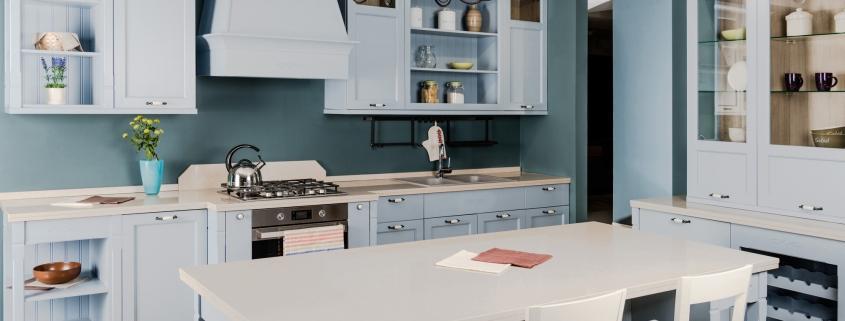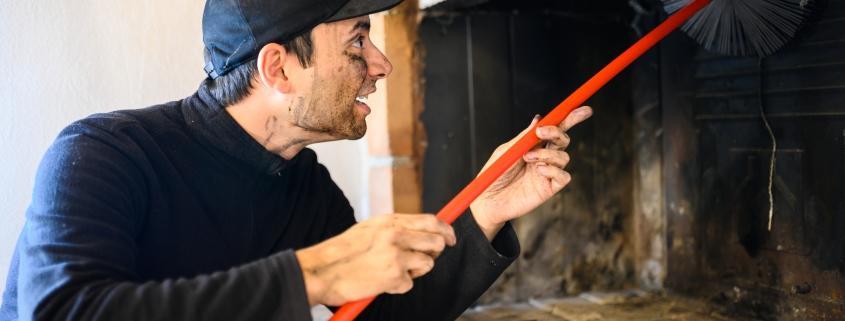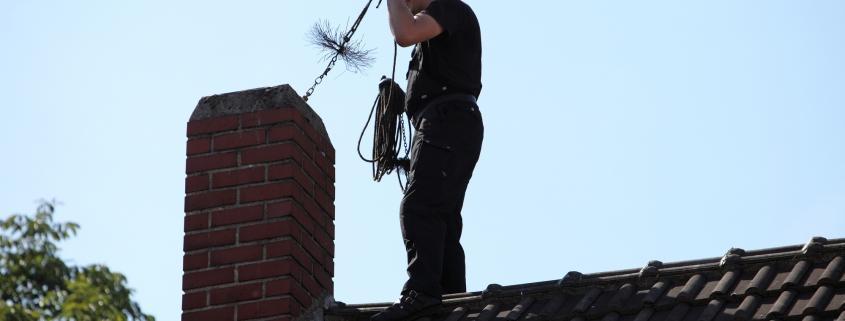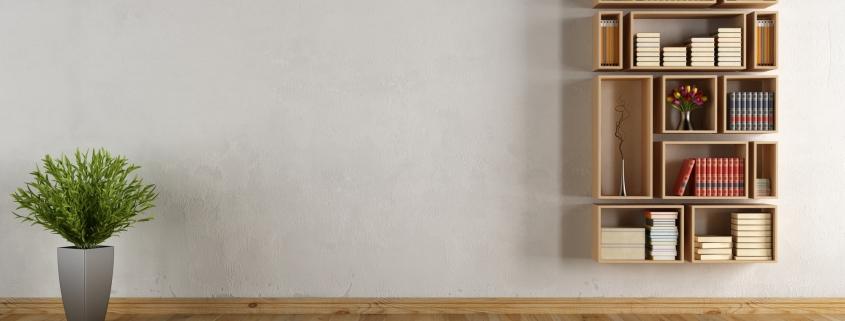How Often Should I Get My Carpets Cleaned?
Whether you have children, pets or no pets at all, it’s good to know that it’s a good idea to clean your carpets on a regular basis. You can do this yourself by simply vacuuming your carpets on a regular basis, or you can hire a professional to come and clean your carpets.
Vacuum your carpet
Using a vacuum cleaner on a carpet is one of the most important steps to keep your home clean and healthy. It removes unwanted dirt, dust and dander from the carpet, which helps prolong the life of the floor. It also helps prevent allergies.
It is important to vacuum your carpets at least once a week. This is especially true for homes with pets. They tend to shed regularly, which means that the hair and dander will accumulate on your floors. These particles can be invisible to the human eye, but they can be picked up by a vacuum.
You should also vacuum your carpets when spills occur. These are a source of harmful contaminants, and you don’t want them to linger on your floors.
The frequency of vacuuming depends on many factors. You will need to consider how often you have pets, the amount of traffic in your home, and the type of flooring you have. You should also take into account the quality of your vacuum. If you have a low-quality machine, it may not be able to handle tough stains and dirt. It may even need a new filter.
Consider whether you have pets in your home
Having a pet in your home can be a good thing, but it can also cause you some serious damage. In fact, a recent British survey estimates that pets cost their owners around $1,120 per year in lost property and maintenance expenses.
One of the best ways to ensure your furry friend is safe and sound is to plan ahead for accidents. Make sure you clean up pet mess promptly and don’t leave them lying around for too long. This includes your dog’s bed and furniture, as well as the floors. If you have more than one animal, consider building a dedicated area in your garage or basement where they can be kept out of sight.
While you’re at it, make sure to brush your pet regularly to minimize shedding and keep hair from tumbling over the furniture. For heavier dogs, nonporous hard surface flooring such as ceramic tile are the best bets.
In addition to grooming, a great way to keep your carpets looking their best is to vacuum them on a regular basis. A quality vacuum cleaner with a HEPA filter will remove the dust and debris that your pet sheds.
Consider whether you have children in your home
Getting your carpets professionally cleaned is no doubt a top priority for many homeowners, but it’s not always a walk in the park. While the cleaning process itself is relatively straightforward, it’s the time and energy spent chasing down the kids after a long day of play that’s often the real challenge. With a little planning and some elbow grease, you can have your carpets spiffed up in no time.
Choosing the right type of cleaner is important, but so is making sure you get the job done right the first time around. With that in mind, there are a few cleaning best practices to follow. The best route is to pick a reputable company, and then follow their instructions to a tee. You can even try to make the cleanup a family affair, a la Netflix or Hulu, but be sure to set a time limit and stick to it.
Taking the time to consider whether or not you have children in the house is an important first step towards cleaning and protecting your prized possession. As you’re on the hunt for a reputable service, be sure to read up on their customer service policies and ask questions. The good news is, most companies are willing to help and will do so for free.
Consider getting your carpets professionally cleaned
Getting your carpets professionally cleaned regularly can be an important part of your home’s maintenance. The cleaning process can remove built up stains, odors, and dirt. This can extend the life of your carpets and keep them looking their best.
While there is no set rule for how often you should have your carpets cleaned, most experts recommend a cleaning schedule of at least once a year. However, this may vary depending on your personal situation, the number of people living in your home, and the amount of traffic in your home.
Carpets can get dirty very quickly if there is a lot of foot traffic in your home. If you have kids, pets, or any other heavy traffic in your home, it may be a good idea to have them professionally cleaned more frequently.
You should also consider getting your carpets cleaned if you have allergies. The allergens that get trapped in your carpet can cause a variety of symptoms. Having your carpets professionally cleaned can also help improve the air quality in your home.


